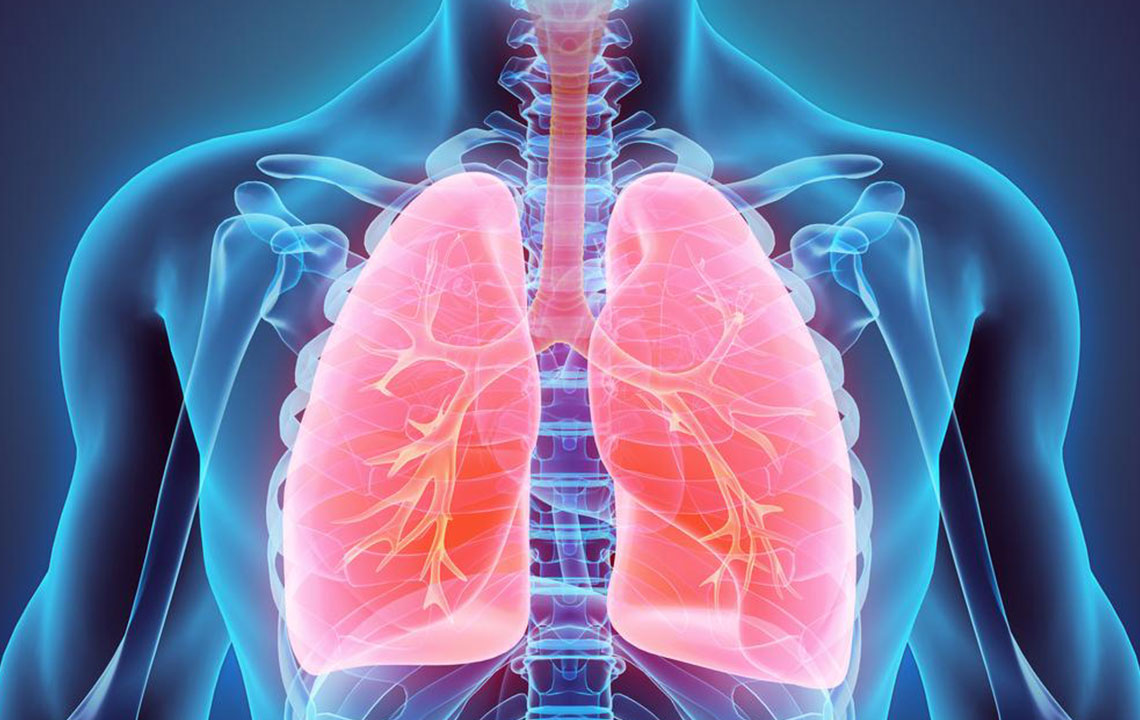Understanding Bladder Cancer: Stages, Symptoms, and Treatment Options
This article provides an in-depth overview of bladder cancer, covering its stages, common symptoms, and available treatment options. Emphasizing early detection, it highlights how various therapies can manage the disease effectively. Key preventive tips and the importance of timely medical attention are also discussed to help readers understand this serious condition better.

Understanding Bladder Cancer: Stages, Symptoms, and Treatment Options
Bladder cancer occurs when abnormal cells in the bladder multiply uncontrollably. Like other cancers, invasive bladder cancer can spread to parts like the liver, bones, or lungs. The most common symptom is painless blood in the urine. Men are more frequently affected than women, though it can occur at any age, especially in older adults. Treatment varies based on age, health, and cancer progression, emphasizing early detection for better outcomes.
Stages of Bladder Cancer
Bladder cancer staging depends on tumor growth extent and spread. It is classified into five stages: 0, I, II, III, and IV. Here’s a detailed overview of each:
Stage 0: Cancer remains confined to the inner lining of the bladder, without invading muscles or nearby tissues.
Stage I: Tumor starts penetrating the bladder lining but hasn't reached the muscle layer or lymph nodes.
Stage II: Cancer spreads into the muscle layer and surrounding connective tissues. Symptoms may be minimal during early phases, often including little or no pain or hematuria.
Stage III: The disease extends into the fatty tissue surrounding the bladder and may involve nearby organs like the prostate, uterus, or vagina.
Stage IV: Advanced cancer affects lymph nodes and distant organs like the lungs or liver.
The TNM system helps classify stages by analyzing tumor size and spread (“T”), lymph node involvement (“N”), and metastasis (“M”).
Recognizing Bladder Cancer Symptoms
Symptoms include hematuria (blood in urine), pelvic pain, burning sensation during urination, and frequent urination. Back pain and urine retention may also occur, especially in advanced cases. While common in men, women can experience similar signs, including pain and swelling. Early detection is crucial for effective treatment.
Available Treatments and Management
Depending on the cancer’s stage and patient health, treatment options include:
Surgical procedures such as cystectomy or transurethral resection
Chemotherapy with drugs to eliminate cancer cells
Intravesical therapy involving drug injections directly into the bladder
Immunotherapy to boost the immune response against cancer
Radiation therapy with targeted high-energy beams
Preventive measures like avoiding carcinogenic chemicals, quitting smoking, and maintaining a healthy diet can reduce risks. Prompt medical attention at any symptom onset improves prognosis, making early diagnosis vital.










